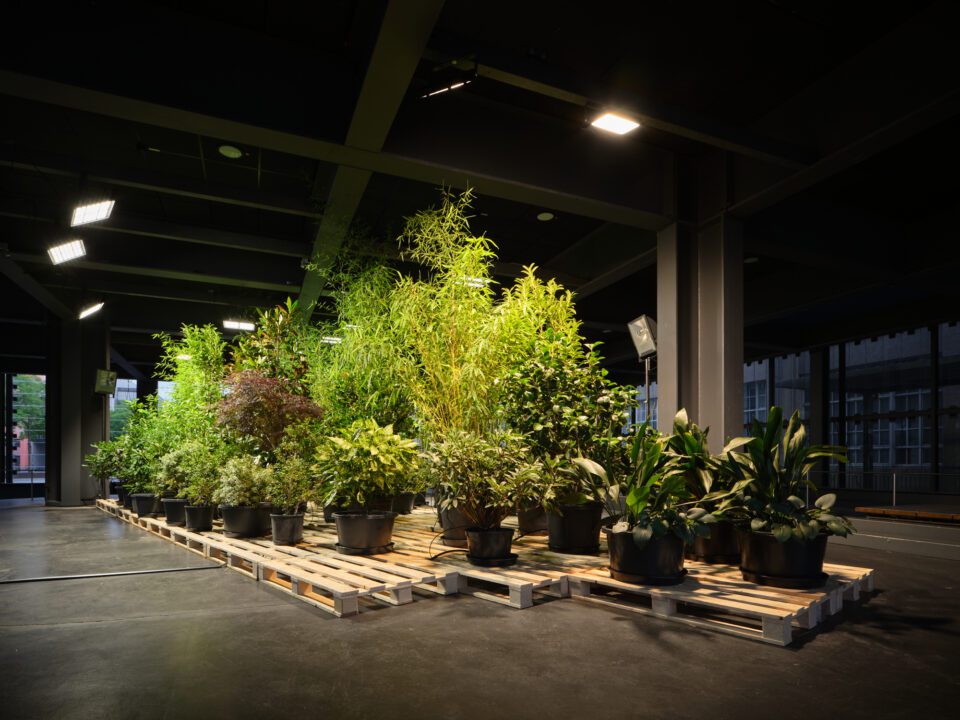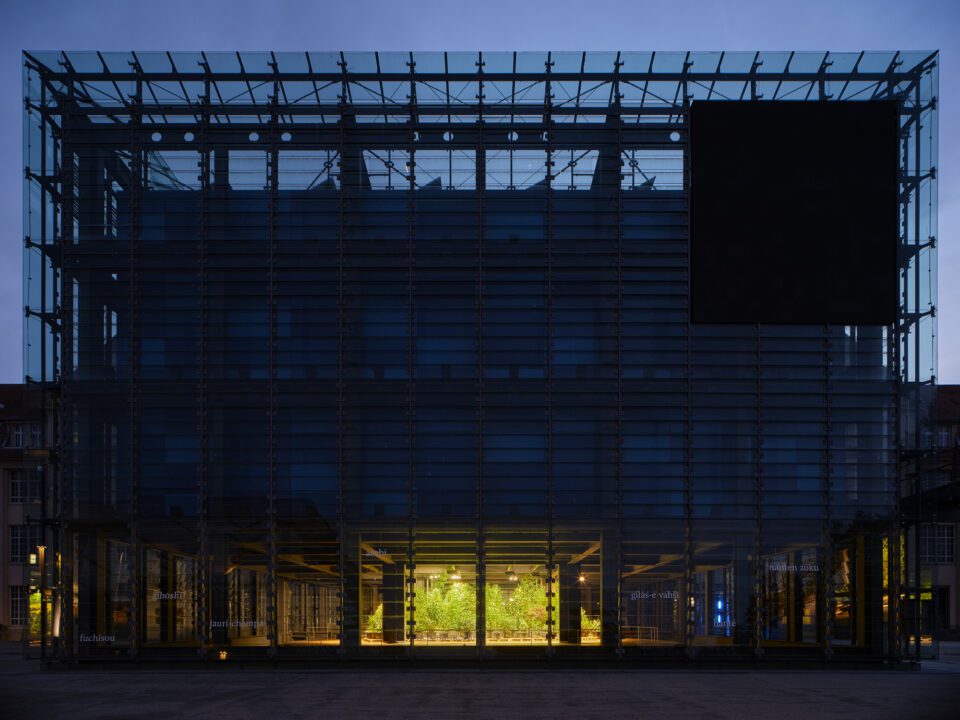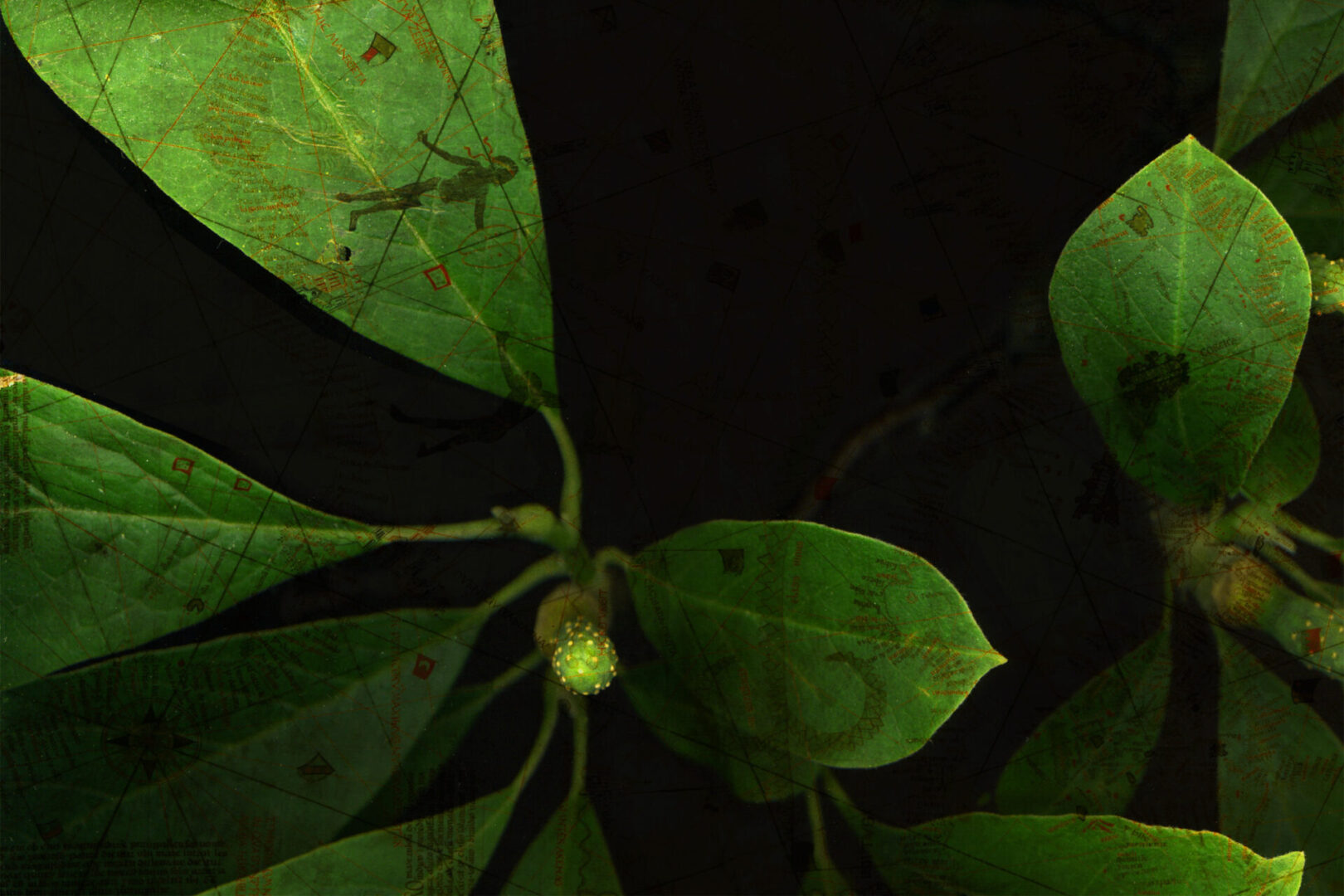Corn, tomatoes and potatoes feel like staples of the European diet. They’re grown in abundance across the continent, served in national dishes and on dinner tables every day. In reality, they were introduced by Christopher Columbus in 1492, who brought them back from the “New World.” The same can be said of decorative flowers like rhododendron and cherry laurel, imported by researchers for their beautiful and tropical appearance. These plants, often assumed to be part of local heritage, in fact tell stories of colonialism, extraction and global migration.

Phyto-Travellers, a new exhibition from Paris and Karlsruhe-based land artist Eva-Maria Lopez, draws this reality into sharp focus. The show reckons with a fraught past, considering how many culturally significant species were uprooted and renamed by imperial forces. A common type of tea, for instance, has been known as “Cha” and “Chai” in Asia for millennia. It was only in the 18th century that it was renamed “Camellia” by the Swedish naturalist Carl von Linné – a rebranding that erased deep-rooted Indigenous knowledge in favor of western taxonomy.

The show invites visitors to step inside a 2:3 scale replica of the “Niña” – one of two ships from Columbus’ fleet – fitted with an indoor garden arranged atop freight pallets. Here, the artist creates a living archive that reveals how our natural world carries hidden histories of appropriation, displacement and cultural erasure. By acknowledging this, Lopez is asking audiences to rethink the everyday. Phyto-Travellers is a quiet yet powerful mediation of the entangled roots of flora, culture, profit and power.
Phyto-Travellers is at ZKM Center for Art, Karlsruhe until 26 October: zkm.de
Words: Emma Jacob
Image Credits:
© Eva-Maria Lopez, photo: ZKM | Center for Art and Media Karlsruhe, Tobias Wootton.





